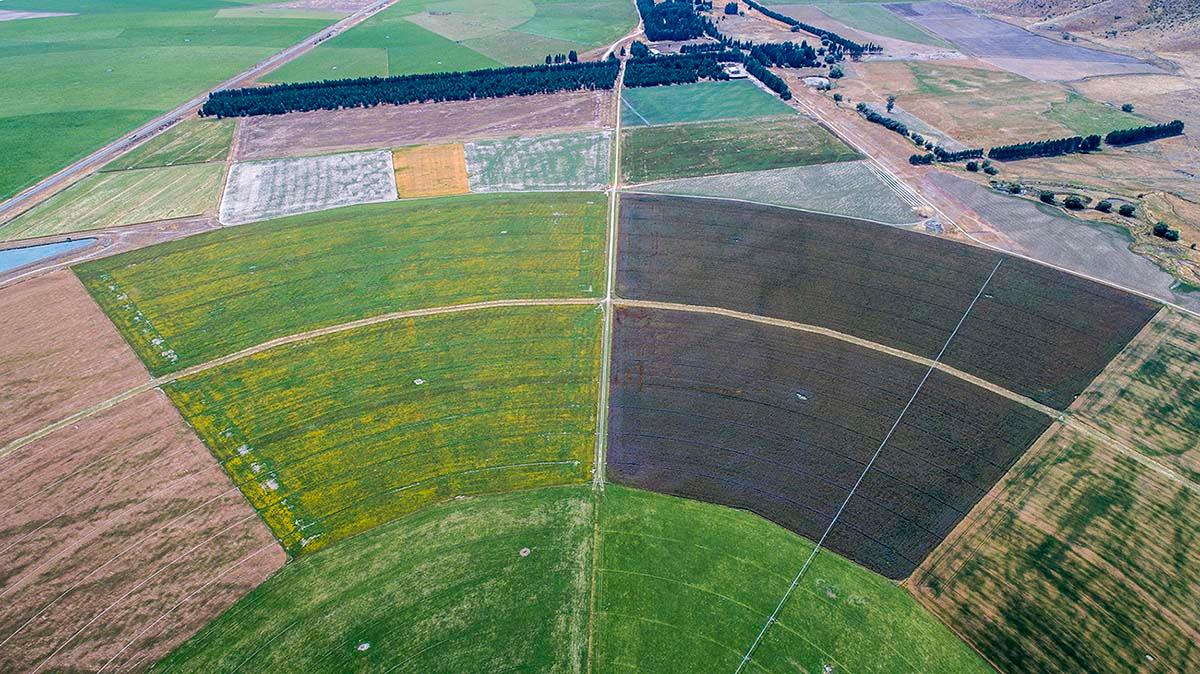
How exactly does Regenerative Agriculture Work?
Agriculture that is economical and eco-friendly can be made possible through regenerative agriculture. Learn how to participate.
The "Fundamentals" section gives fundamental understanding regarding important business sustainability themes.
what if there were a superior farming technique?
A method that benefited the soil, combated climate change, and was potentially more profitable? And what if this way of farming had a global track record of success, proven by the test of time?
This approach is known as "regenerative agriculture." The phrase gained widespread use in the 1980s. However, the fundamentals of regenerative agriculture have been implemented for centuries prior to its current designation.
It's crucial because the majority of agriculture has chosen a different path in recent years. It is "industrial" agriculture, characterized by extensive production on a big scale. These operations contribute to issues such as climate change, biodiversity loss, and nutrient depletion. For example, around 25 percent of global greenhouse gas emissions are produced by agriculture.
Prioritizing regenerative agriculture can help businesses achieve their sustainability objectives if they source from agricultural suppliers. If you are a farmer, you can directly relate to these principles.
To help regenerative agriculture realize its full potential, the participation of all parties is required. Currently, regenerative agriculture operates effectively on a small scale, but further development is required for its widespread adoption.
what is the definition of regenerative agriculture?
In recent years, the "regenerative" concept has gained increasing prominence. Not because we needed a new keyword. Because it can bring "sustainable" to a higher degree.
Sustainable processes may be maintained across time: they meet the demands of the present without compromising the ability of future generations to do so. The objective of regenerative processes is to enhance the systems in which they work.
the following relates to agriculture:
Regenerative agriculture is a method of farming that attempts to actively improve the environment's health, as opposed to merely sustaining it (or worse, degrading it).
It is a set of farm management methods, not a single certification or standard. The emphasis on soil health is key.
It is possible that soil, sometimes known as dirt, is not a particularly appealing substance. However, it serves as the basis of agriculture. Carbon and phosphorus are two of the important nutrients that a healthy soil retains. It is a part of the "nutrient cycle" processes, which are essential for the health of food and ecosystems. Animals and plants obtain nutrients mostly from the soil and air. When these organisms perish and decay, the nutrients are returned to the environment, including the soil.
The benefits of healthy soil and regenerative methods include biodiversity, cleaner water, healthier employees, and more productive land.
comparing regenerative agriculture with industrial agriculture
The same emphasis is not placed on soil health in industrial agriculture. Instead, it focuses on yield and efficiency to maximize current earnings.
Plowing, chemical treatments, and monocultures can give the short-term returns and large-scale production anticipated by the current agricultural supply chain. However, over time they degrade the soil and make ecosystems less resilient.
The end effect is a catastrophic loss of healthy soil, widespread runoff and pollution, and a biodiversity crisis. The fact that industrial agriculture favors huge farms raises concerns about inequality. In addition, agriculture is both a contributor and a sensitive sector to climate change.
The United Nations Environment Programme states in a report that industrial agriculture once appeared to be the solution for a rapidly expanding global population. "However, not everything went as planned. Decades of industrial agriculture have wreaked havoc on the environment and prompted grave fears for the future of food supply.
Small farmers, huge enterprises, government agencies, and non-profit organizations are increasingly praising regenerative agriculture in this context.
If you have an interest in agriculture, you are certainly familiar with organic and permaculture, as well as other alternative agricultural methods.
Different sustainability-oriented phrases are all a way of returning to a self-sustaining system, in which the more you grow, the more you can develop — without the addition of external chemical inputs.